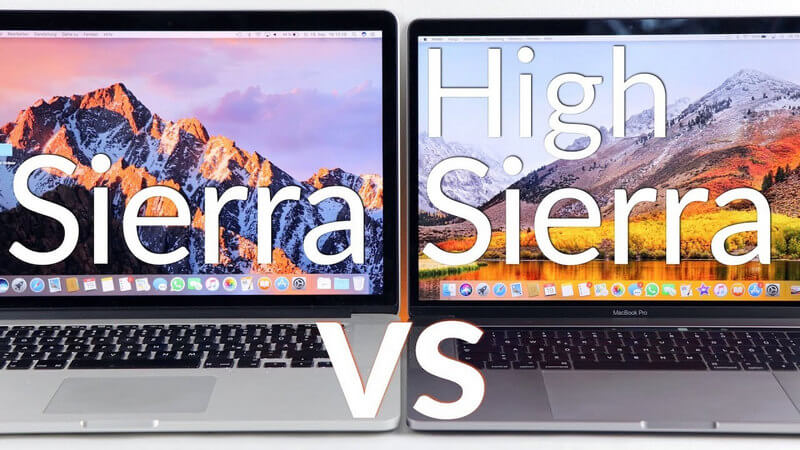

You seem to have missed a space in the move commands. Mv source … directoryīash-3.2# mv /private/var/db/applepay/Library/Preferences/*~/.Trash/īash-3.2#kill the related cache servers I opened Terminal, added each line then hit return … is this correct? I’ve gotten Could someone describe step-by-baby step which I should see? This is what was returned in Terminal after what I thought was entering:īash-3.2# mv /private/var/db/applepay/Library/Caches/*~/.Trash/ I wish I knew what questions to ask … I’m completely at a loss with the Command Line. I had to reinstall a backup after an Apple repair required they wipe my hard drive. I just ran into this endless add card to Apple Pay loop you describe. Categories Solutions Tags Apple Pay, Mac OS, OS X, workaround It’s a relatively easy fix, so I imagine the next OS version will have addressed this problem in a more elegant way. – When you hit “Reset Apple Pay and Add Card” for the final time, it will actually break past the loop, and you will get to re-enter your Apple Pay card information without further issue. – On this second try, it will say “Apple Pay is already configured on this disk for another Mac”. – It will fail the first time with a mysterious error. Then, go back to System Preferences, hit Add Card… – Wait a few seconds for the relevant servers to boot themselves up again. Mv /private/var/db/applepay/Library/Preferences/* ~/.Trash/ Mv /private/var/db/applepay/Library/Caches/* ~/.Trash/ Open Terminal.app and enter the following commands: To fix this endless loop, you need to first clear out all the files (but not the folders) inside /private/var/db/applepay/. YMMV if you decide to try this on any other version of Mac OS.

I used this process myself to good success under 10.12.5, on my Macbook Pro. TYPING THE COMMANDS WRONG MAY CAUSE SERIOUS ISSUES WITH YOUR MAC. DO NOT EXECUTE ANY OF THIS IF YOU ARE NOT SURE WHAT YOU ARE DOING AND DO NOT HAVE A BACKUP OF YOUR DATA. Obligatory warning: THIS IS MESSING WITH SYSTEM FILES. It will keep trying to refresh this cached data, and fail to do so.

The issue is that there is an Apple Pay cache at /private/var/db/applepay/ on the system that has been invalidated, but it seems to be unable to delete this cache properly. If you try to do so by authorizing it using fingerprint or password, it will immediately drop you back to the original “Apple Pay is already configured on this disk for another Mac” prompt, going back into this cycle ad infinitum. The system will report “Apple Pay is already configured on this disk for another Mac” and ask you to “Reset Apple Pay and Add Card”.
Do we have to pay for mac os high sierra pro#
High Sierra is so similar to Sierra in so many ways that it’s honestly pretty hard to tell them apart.If you recently had your Macbook Pro (Touch Bar) repaired (possibly with a logic board replacement), and restored from Time Machine backup, you might find yourself unable to use Apple Pay on Mac OS 10.12.5.
Do we have to pay for mac os high sierra update#
Updates like Mountain Lion and El Capitan have drawn comparisons to Snow Leopard for focusing on refinement rather than features, but High Sierra is the closest thing we've gotten to a "no new features" update in years.

But the UI doesn’t change, apps get only minor updates (when they get them at all), and multiple features continue to be more limited than their iOS counterparts. Changing filesystems, adding external graphics support, adding support for new image compression formats, and updating the graphics API to support VR are all important, and none of them are small tasks. That's not because there's nothing here but because most of Apple's development work this time around went into under-the-hood additions and updates to foundational technologies. If you've felt like the last few macOS releases have been a little light, High Sierra won't change your mind.


 0 kommentar(er)
0 kommentar(er)
